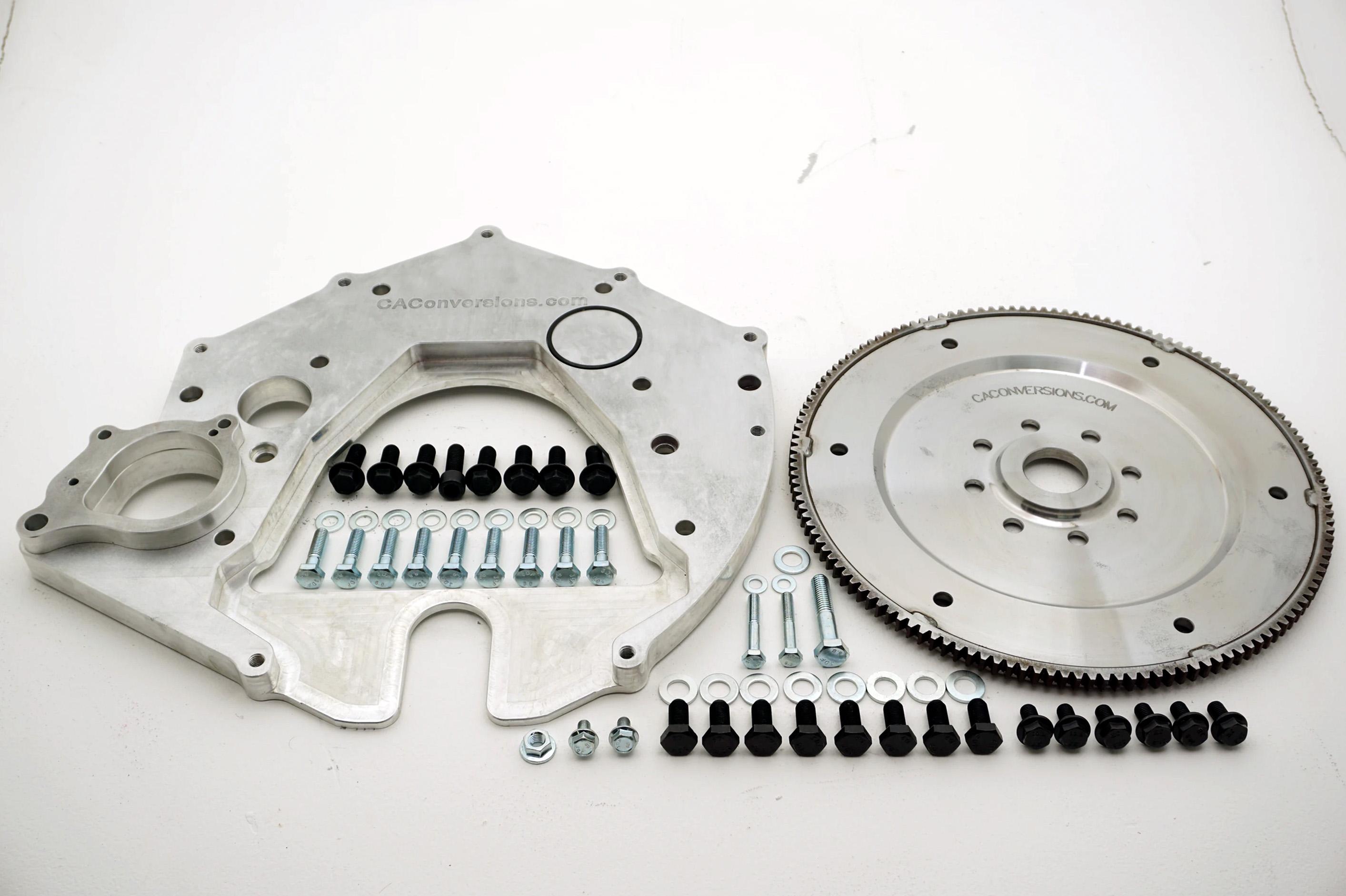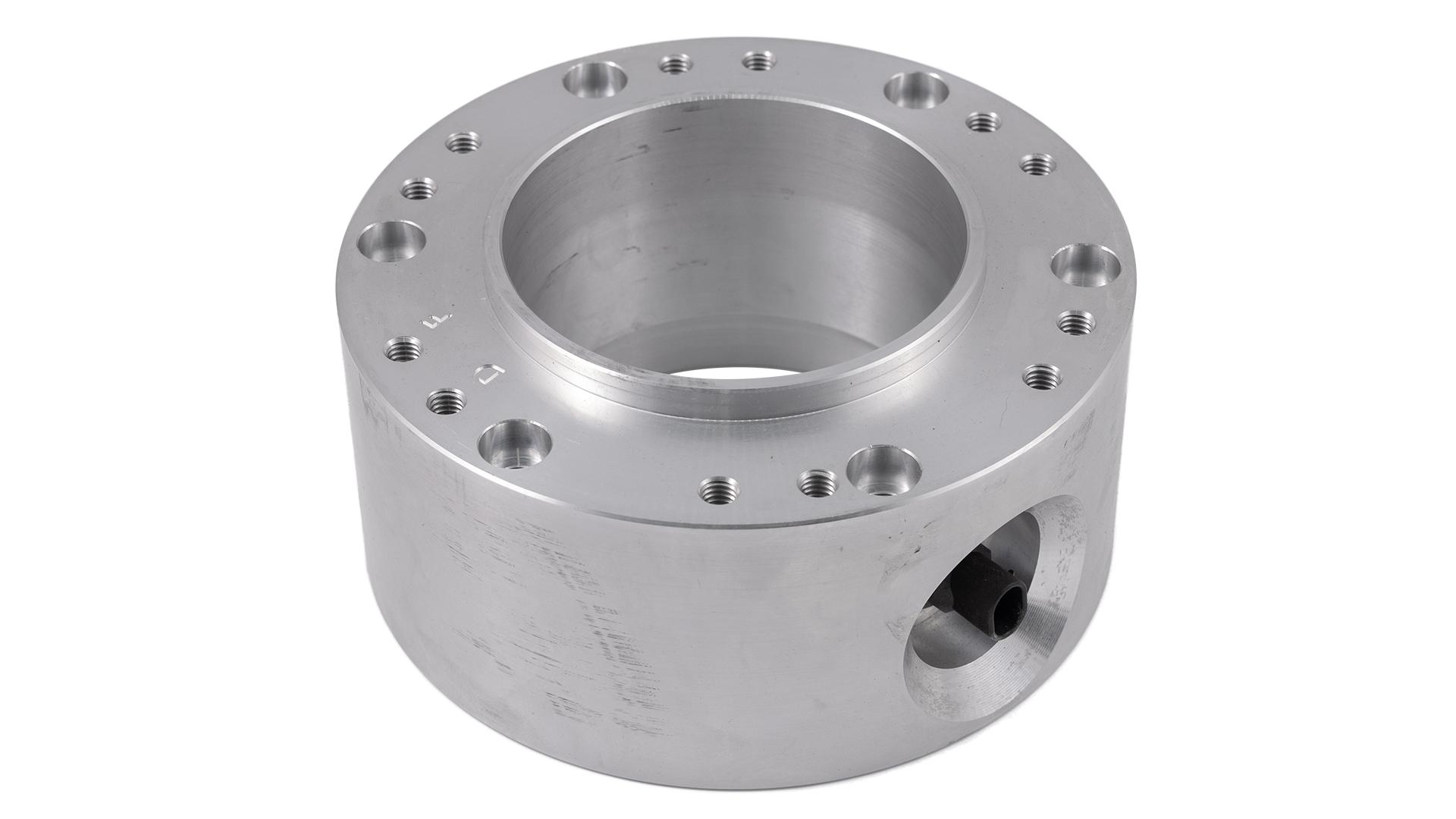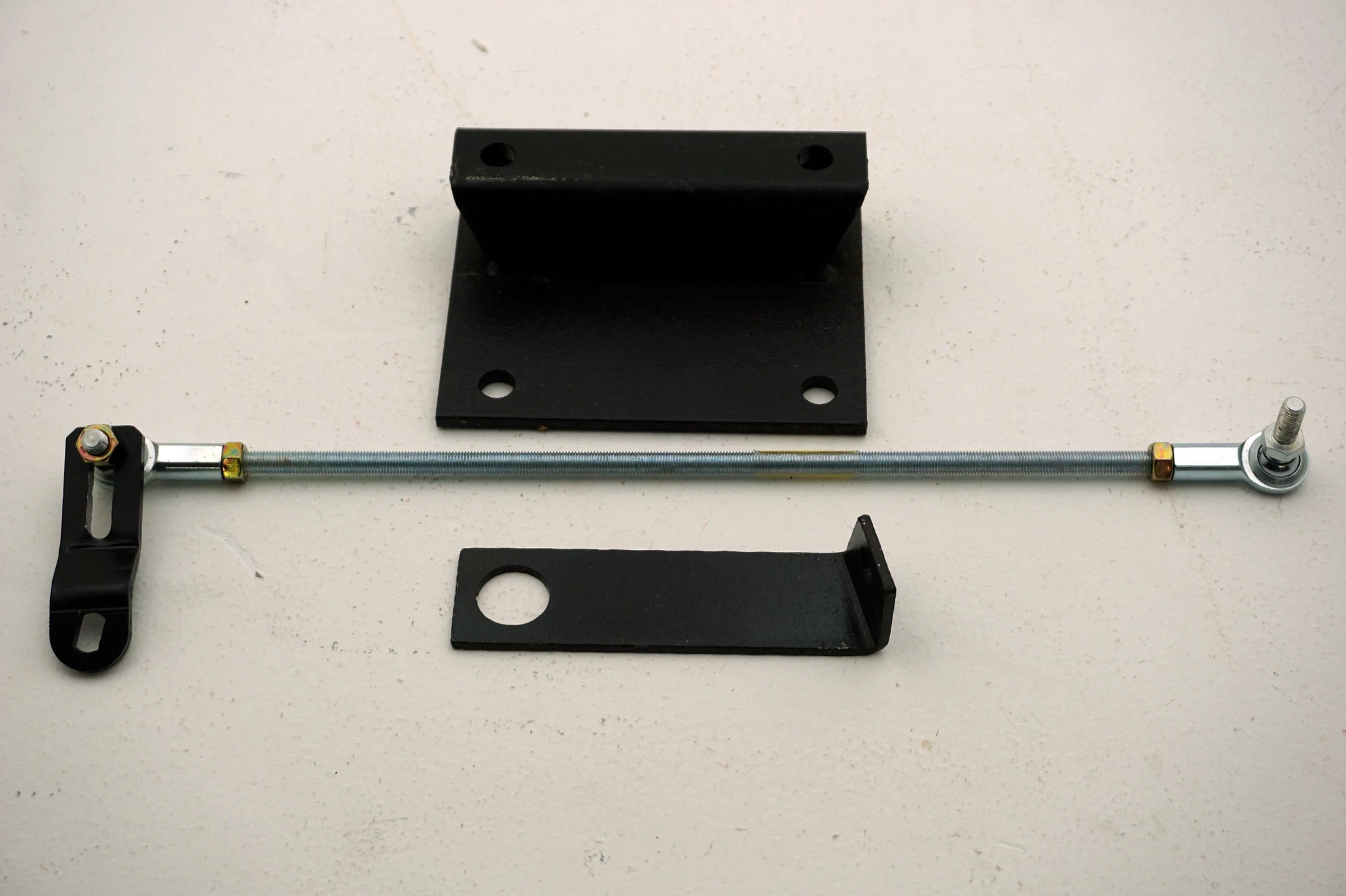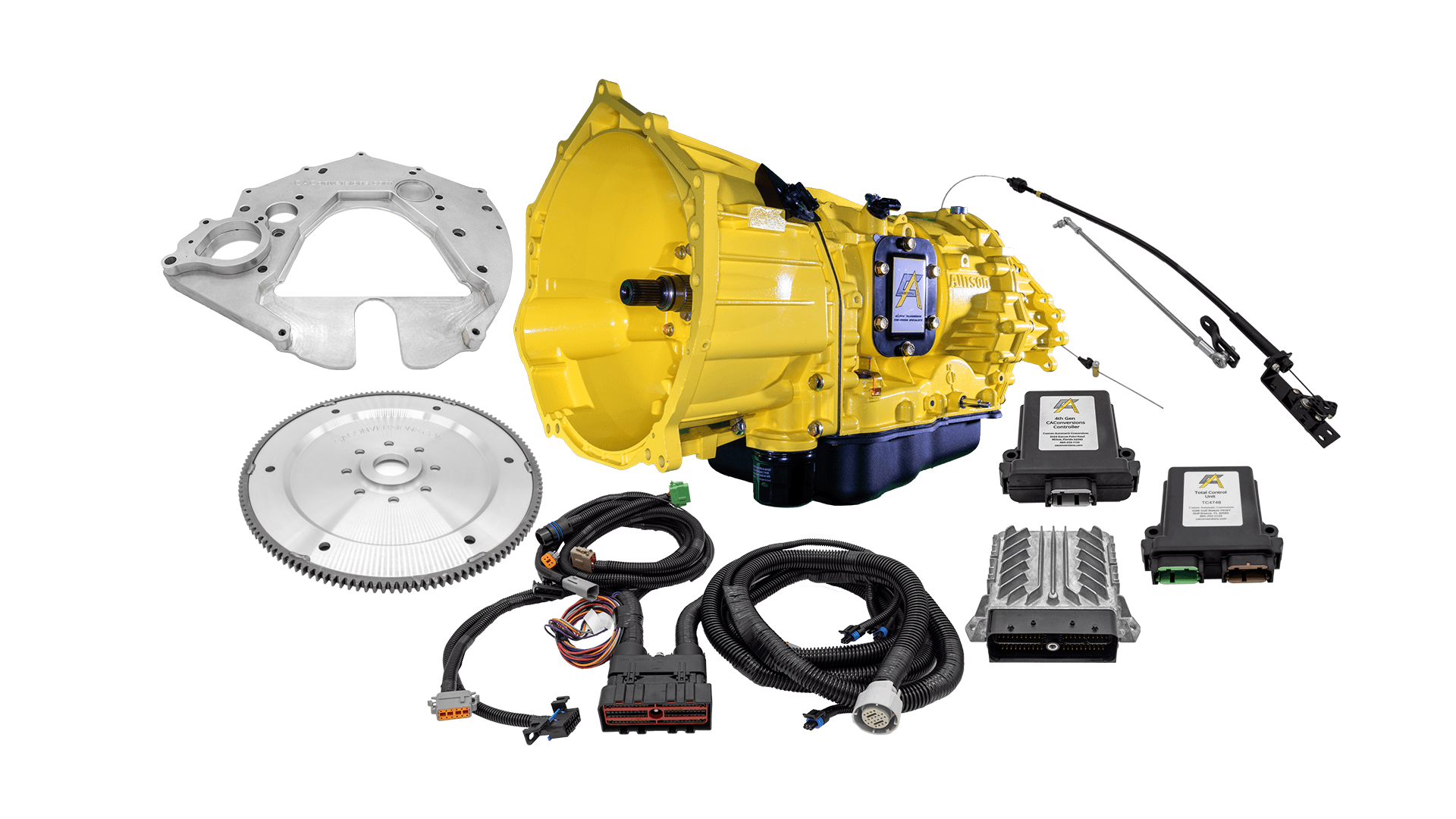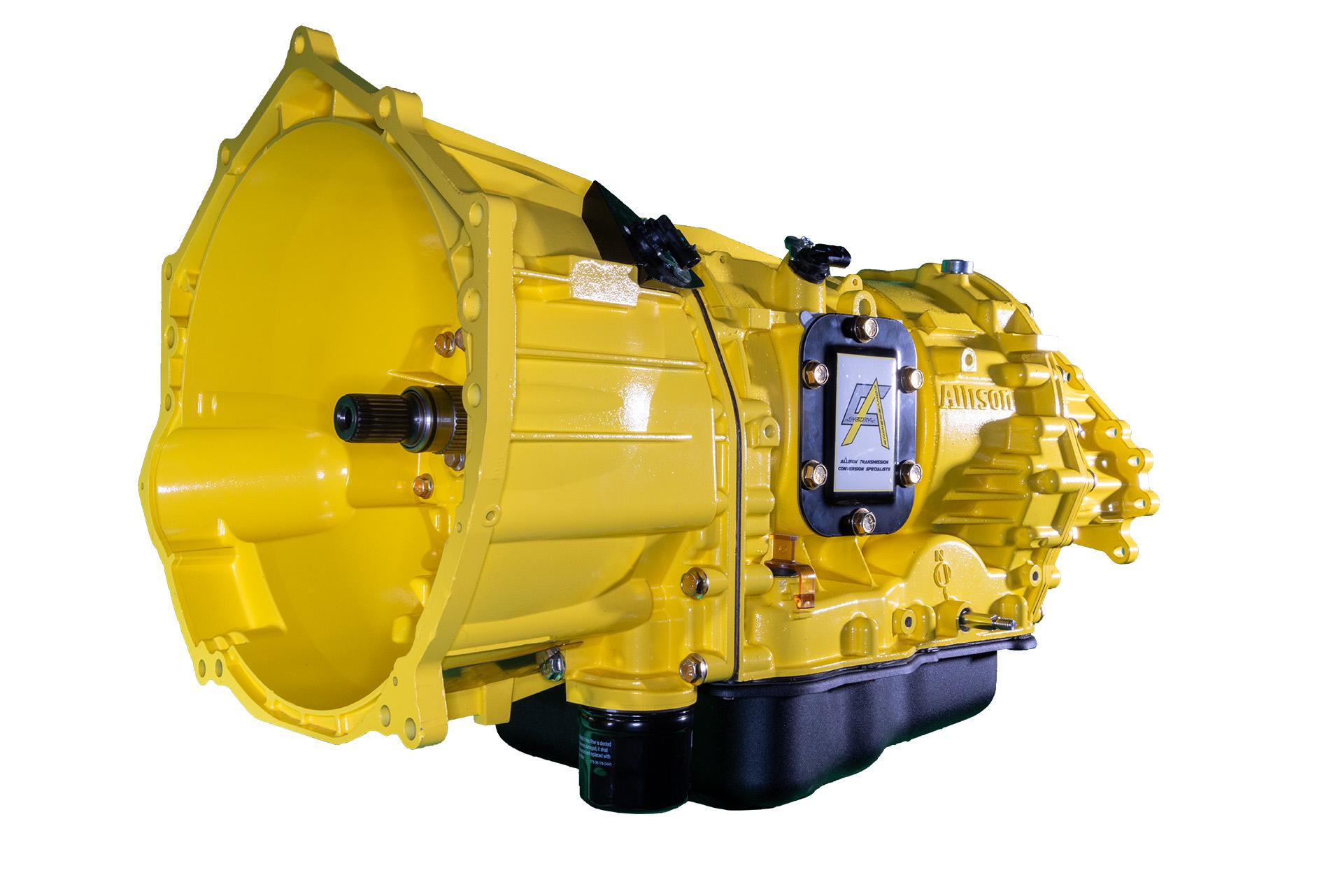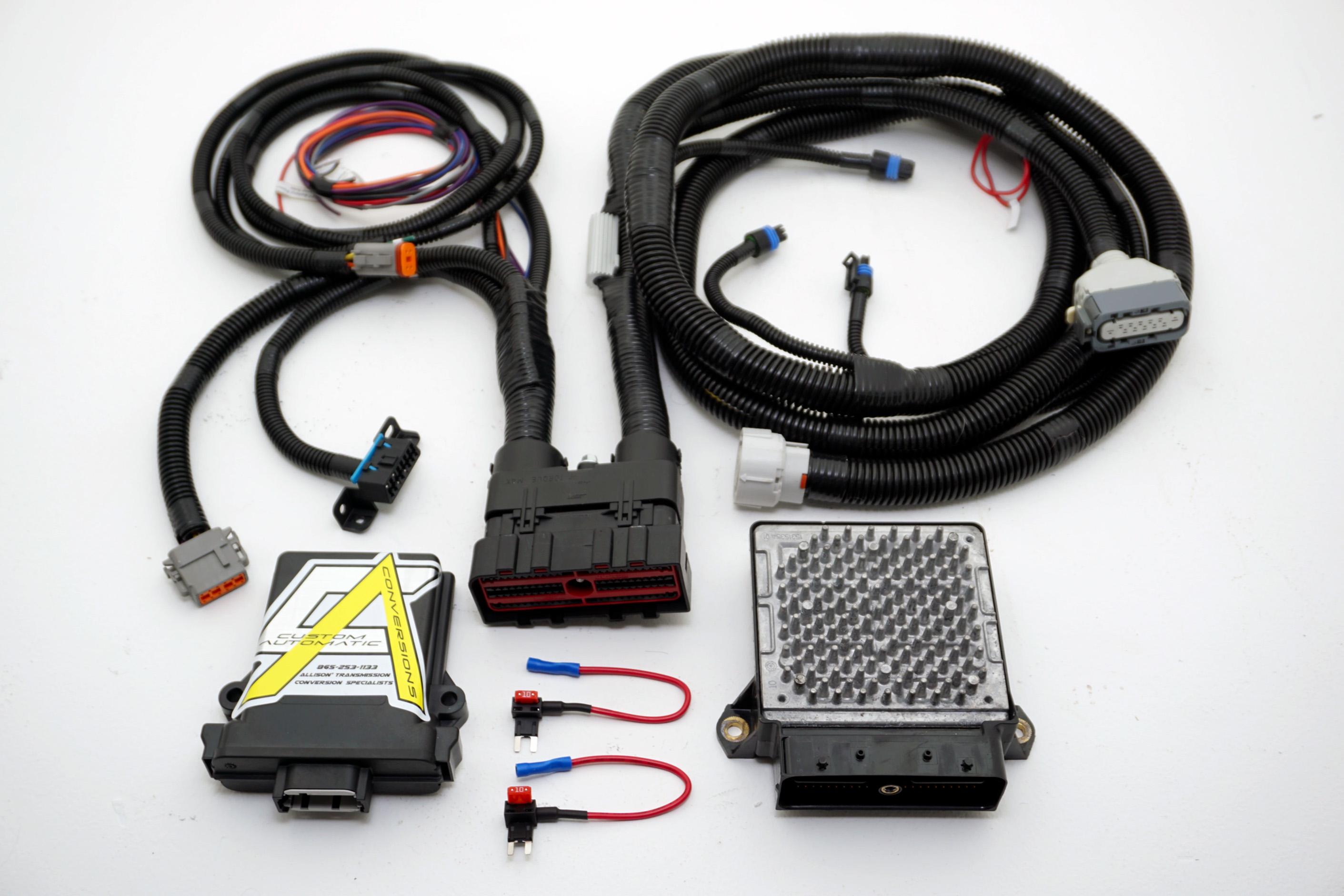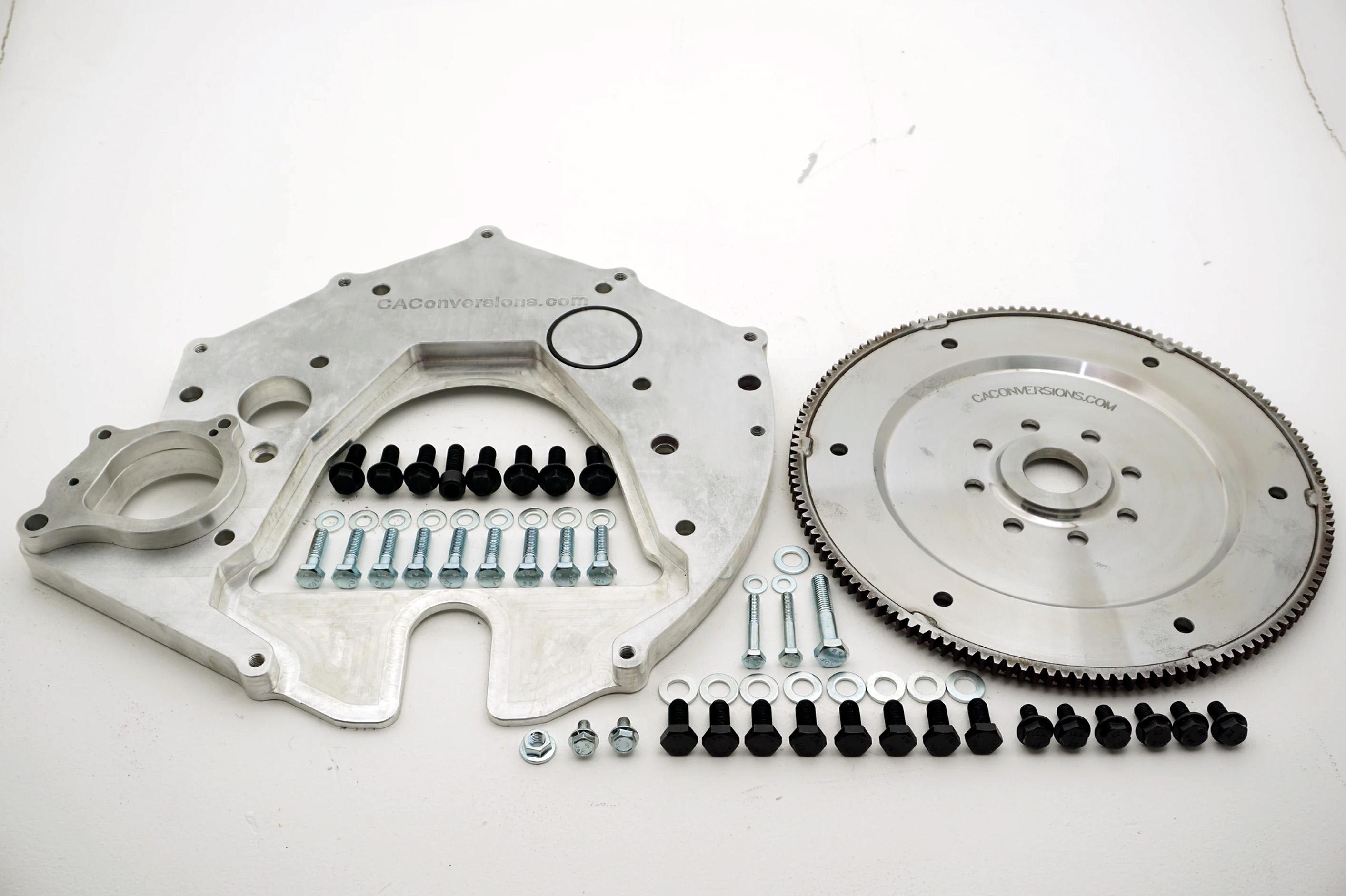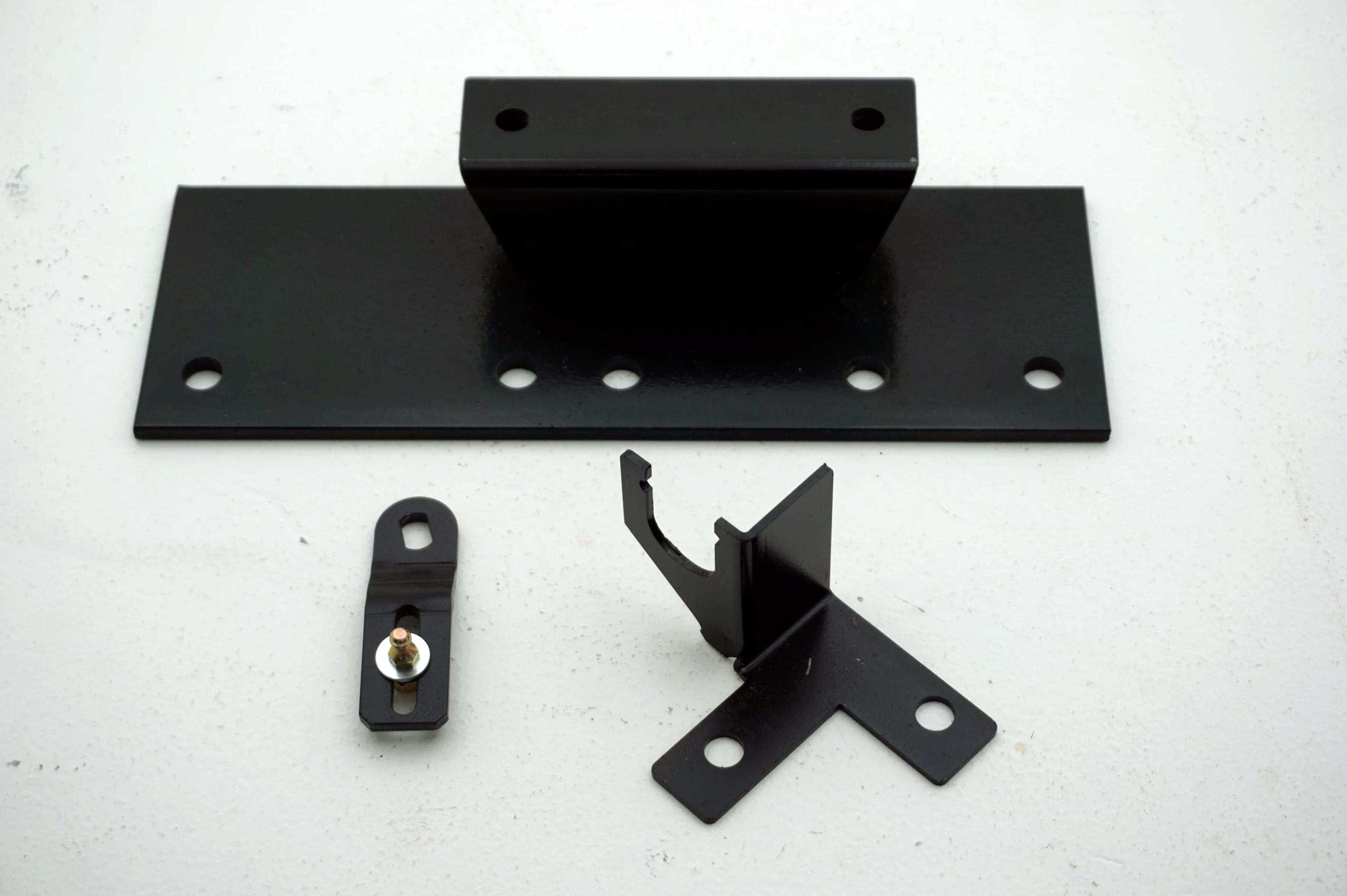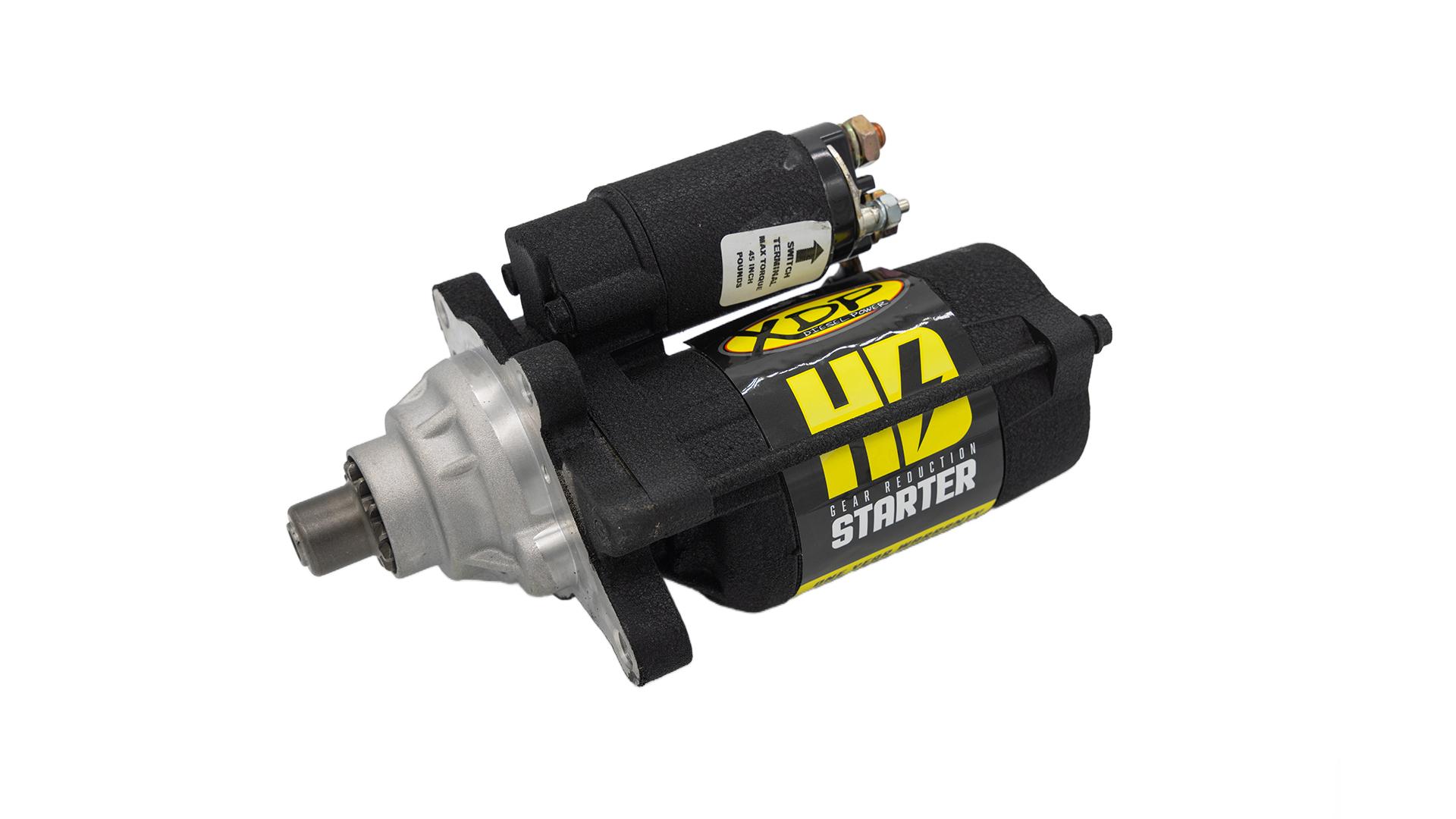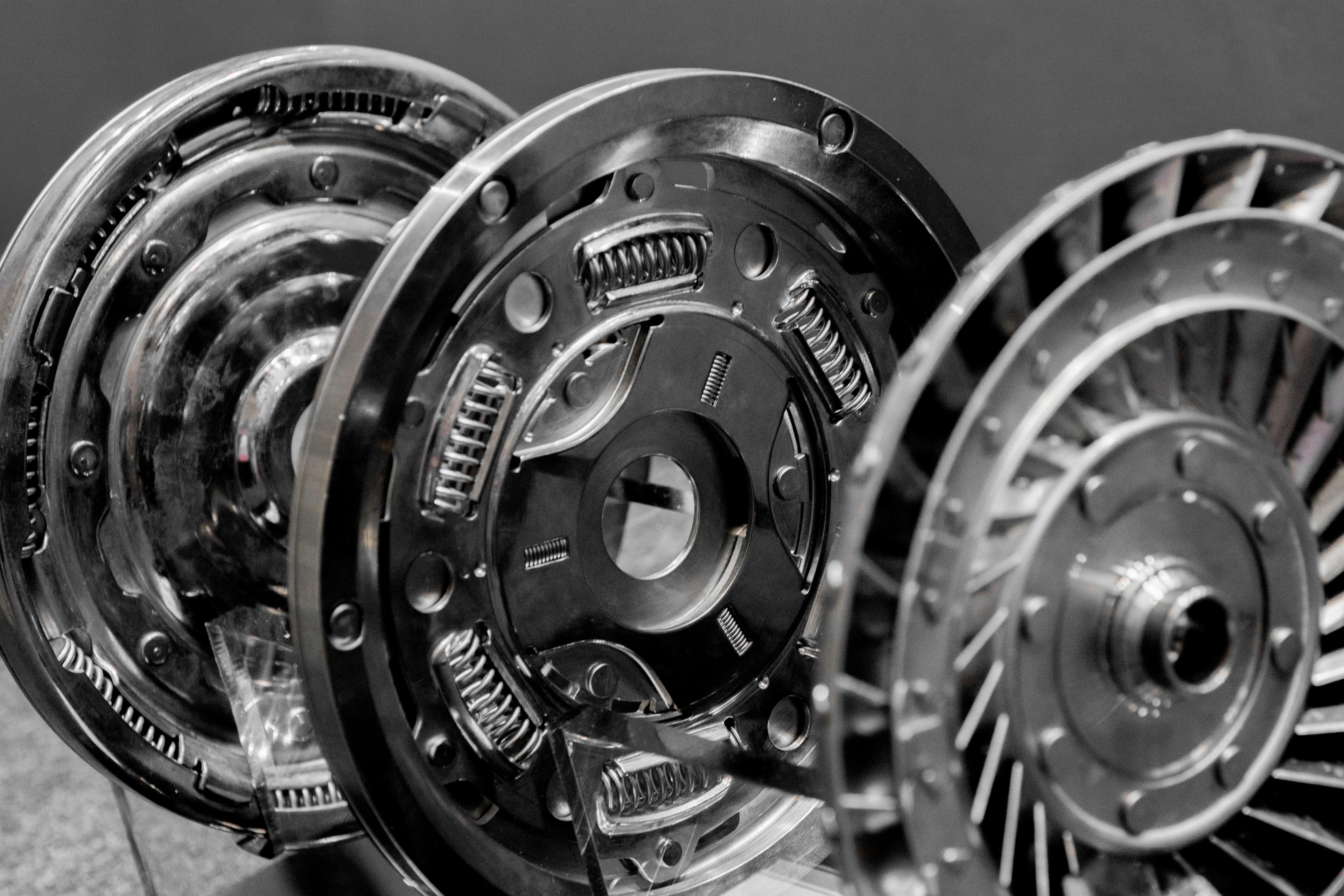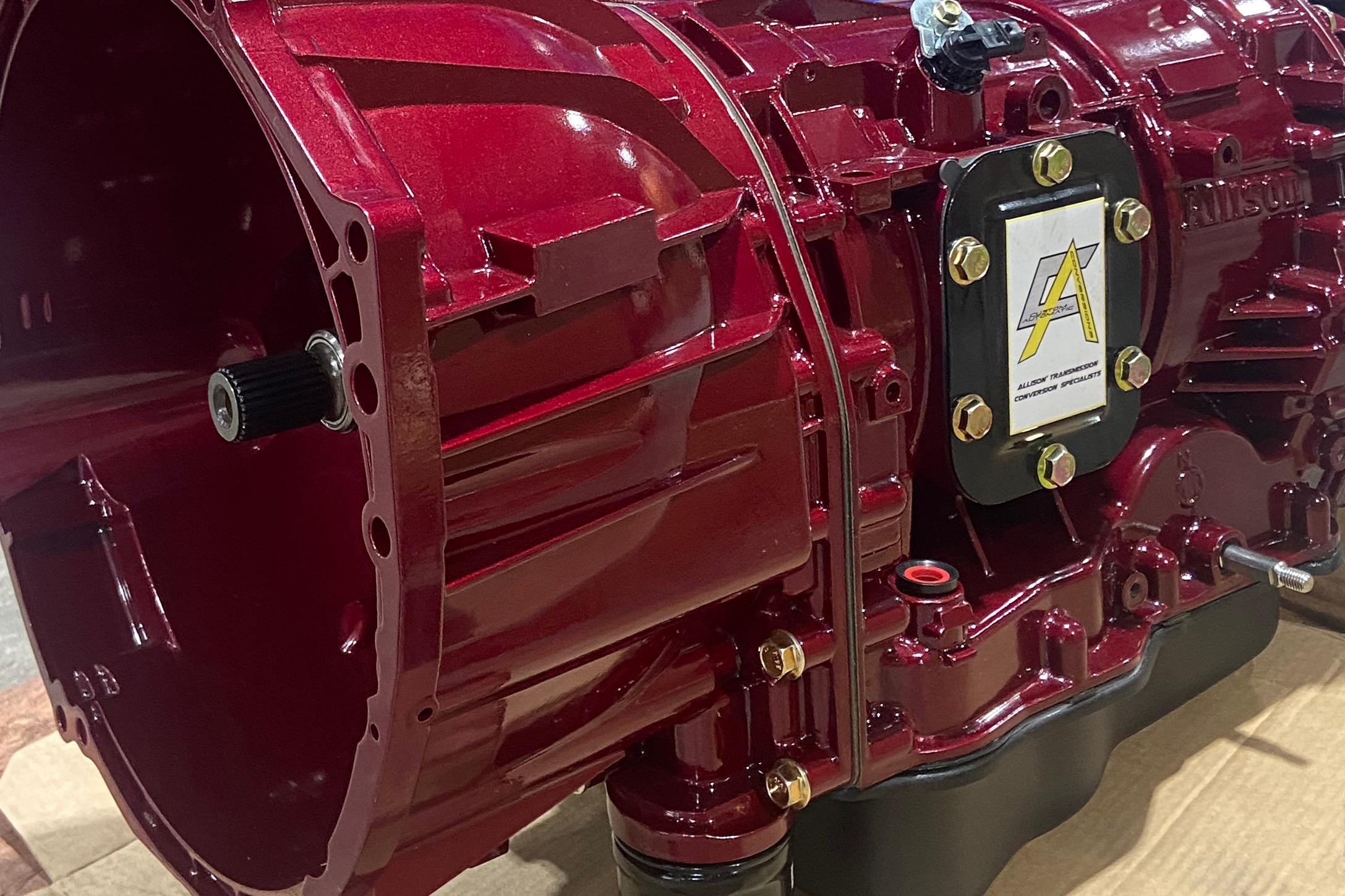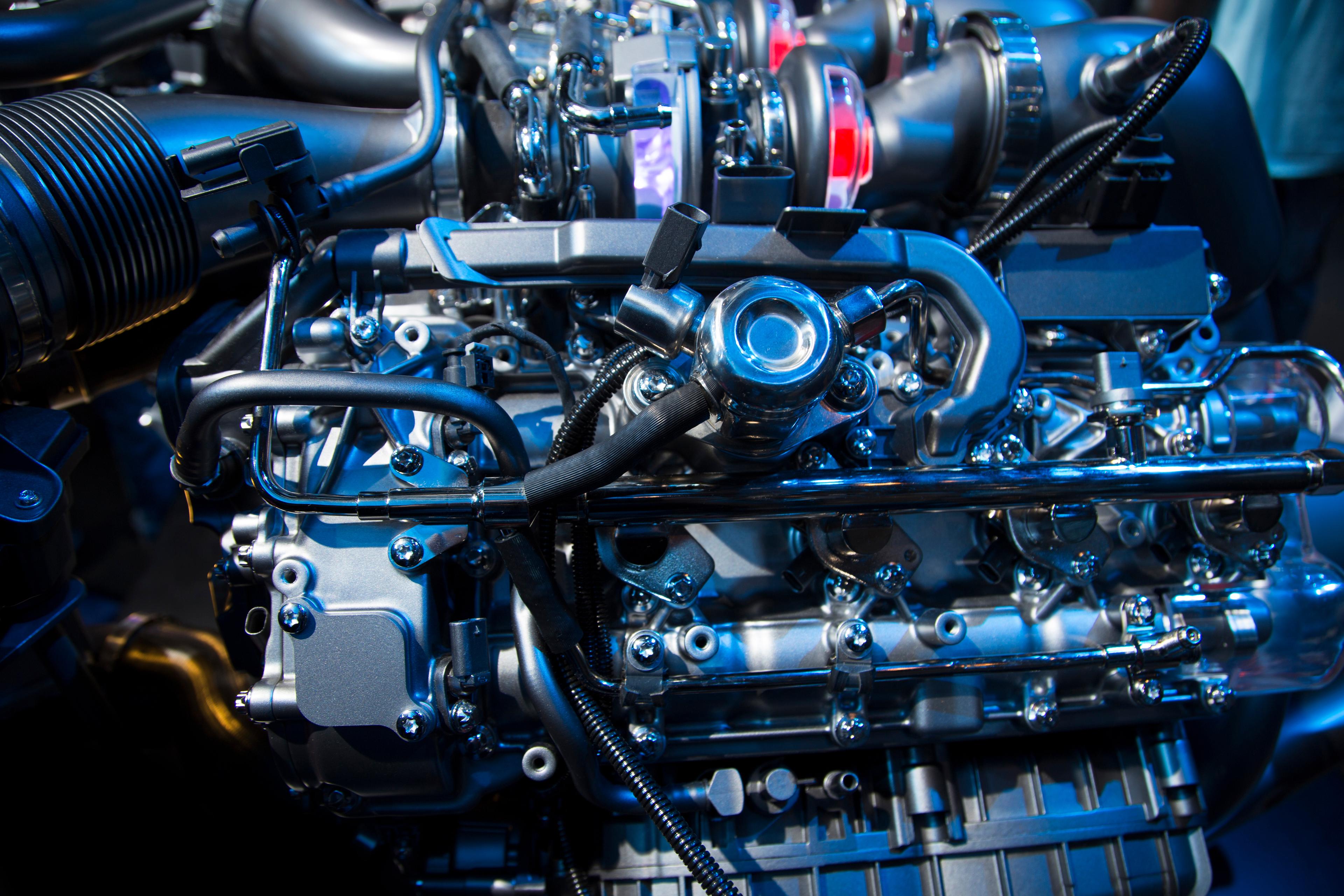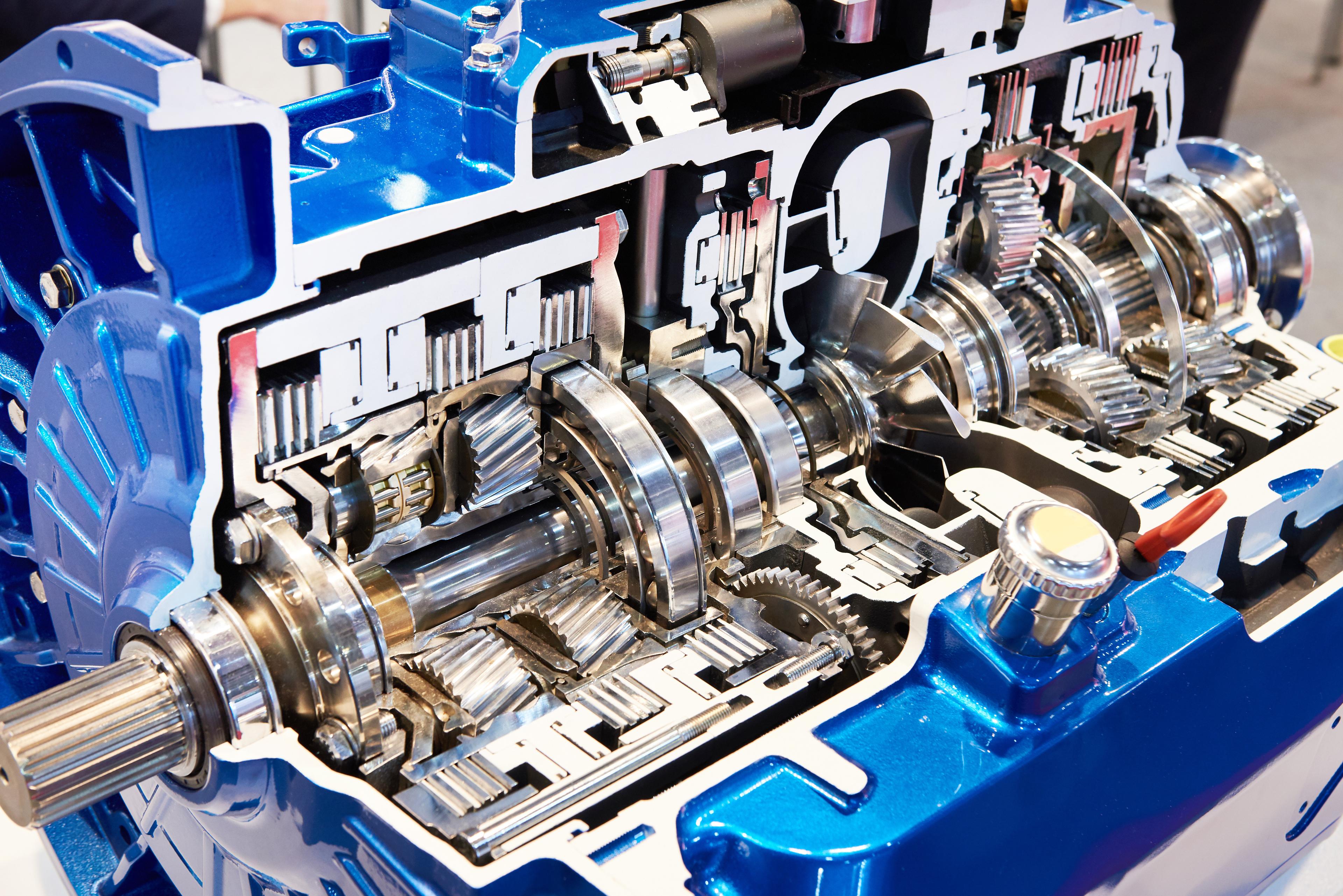Dodge G360 Transmission

Convert your Dodge G360 to an Allison
Transform Your Drive: Making the Switch to an Allison 1000PK Transmission
Configure your truckIntroducing the ultimate upgrade for your vehicle: the Dodge G360 to Allison 1000PK transmission conversion. Designed for unparalleled performance and durability, this conversion transforms your driving experience, offering smoother gear shifts, enhanced fuel efficiency, and exceptional towing capabilities. Ideal for Dodge truck owners who demand nothing short of the best, this conversion provides the legendary reliability and performance that Allison transmissions are renowned for. Whether you’re tackling tough terrain, hauling heavy loads, or simply seeking a more responsive and satisfying drive, the G360 to Allison 1000PK conversion is the game-changing solution you’ve been waiting for. Upgrade today and experience the difference of world-class engineering at your fingertips.

Overview of the G360 Transmission
The Dodge G360 is a five-speed manual transmission designed by Getrag and used exclusively in Dodge Ram 2500 and 3500 trucks, typically paired with Cummins diesel engines, from 1989 to 1993. Renowned for its strength and durability, the G360 was designed to handle the substantial torque produced by the Cummins engine, making it ideal for heavy-duty applications, from towing hefty payloads to challenging off-road terrain.
With its fully synchronized gears, the G360 provides smooth and precise shifting, allowing drivers to have a greater level of control over their vehicle’s performance and fuel efficiency. Its robust construction, featuring a cast iron case and generous use of bearings instead of bushings, speaks to the transmission’s durability and functionality. The G360’s gear ratio spread is designed for a perfect balance, offering a low first gear for heavy hauling and a tall fifth gear enabling fuel-efficient highway cruising.
In today's world, where manual transmissions are becoming increasingly rare in trucks, the G360 holds a special appeal. It is a nod to a time when driving a truck was a more tactile and engaging experience. For those who value this direct connection between driver and vehicle, and who are willing to forgo the convenience of an automatic, the G360 remains a respected and sought-after choice.
G360 Features
The Dodge G360 transmission, built for heavy-duty Ram trucks, is celebrated for its ability to handle high-torque applications due to its strong and durable design. Here are some of its key features:
- High Torque Capacity: Engineered specifically for heavy-duty applications, the G360 is designed to handle substantial levels of torque, making it ideal for towing and hauling substantial loads.
- Fully Synchronized Gears: The G360 features fully synchronized gears, which facilitates smoother and more precise shifting, enhancing the driving experience.
- Durable Construction: With its cast iron case and extensive use of bearings, the G360 is built to withstand the rigors of heavy-duty truck use, promising longevity and reliability.
- Optimal Gear Ratio Spread: The G360's gear ratios are intelligently spaced, allowing for powerful low-end torque for hauling, while still enabling fuel-efficient highway travel.
- Clutch Engagement: The G360 typically employs a robust clutch setup, which provides strong and reliable engagement, critical for heavy-duty applications.
- Engaging Driving Experience: As a manual transmission, the G360 offers drivers a more tactile and connected driving experience that automatic transmissions often can't replicate.
- Aftermarket Support: Its longevity in the market has led to robust aftermarket support for the G360, including a variety of parts and upgrade options that allow owners to customize and improve their transmission's performance.
In summary, the Dodge G360 is a robust, reliable, and engaging manual transmission, designed to meet the demands of heavy-duty truck applications with its unique blend of strength, durability, and driver control.
G360 Common Issues and Signs of Failures
While the Dodge G360 transmission was designed for durability and performance in heavy-duty applications, it is not without its potential issues. As with any mechanical component, wear and tear over time can lead to problems. Here are some common issues associated with the G360 transmission, along with signs that it might be failing:
- Synchro Wear: Over time, the synchronizers, which help the gears in the transmission mesh smoothly, can wear down. This can lead to hard shifting, grinding noises when changing gears, and potentially gears popping out of place.
- Input Shaft Wear: The input shaft can suffer from wear, especially under heavy loads. Signs of a failing input shaft might include noisy operation in certain gears or difficulty engaging gears.
- Bearing Failures: The G360's bearings can wear out over time. This typically results in noisy operation, including whining or grinding sounds.
- Oil Contamination and Lubrication Issues: Proper lubrication is critical for the G360. If incorrect or contaminated fluid is used, it can lead to accelerated wear and potential failure. Signs of this might include noisy operation, hard shifting, and excessive heat.
- Weak Fifth Gear Nut: A known issue with some G360 transmissions is the fifth gear nut loosening and backing off. This can lead to fifth gear becoming inoperative and may cause additional damage if not addressed promptly.
- Clutch Problems: Due to the heavy-duty applications this transmission is often subjected to, the clutch can wear out or fail, resulting in difficulty shifting, complete loss of drive, or a soft or spongy clutch pedal.
- Shift Fork Wear: The shift forks, which are used to engage the various gears, can wear or break. This typically results in difficulty shifting into or staying in certain gears.
- Case Flex and Cracking: Under extremely heavy loads, the case of the G360 can flex, which may lead to misalignment of internal components and potential cracking of the case itself. This is generally accompanied by leaking fluid and noisy operation.
- Overheating: Heavy towing and hauling can lead to excessive heat, which is a common killer of transmissions. Overheating can lead to warped components, fluid breakdown, and eventual transmission failure.
- Gears or Shaft Breakage: Under extreme stress, particularly in situations of shock loading (sudden application of high torque), the gears or shafts inside the G360 may break. This will result in a sudden loss of drive and likely loud noises from the transmission.
It is worth noting that regular maintenance, including proper lubrication with the correct transmission fluid and timely replacement of worn components, can significantly extend the life of a G360 transmission and prevent many of these issues.
When experiencing any of these symptoms, it is advisable to consult with a professional mechanic or transmission specialist to diagnose and address the problem before it leads to a complete transmission failure.
Rebuild, Replace, Converting to an Allison

Converting a Dodge G360 transmission to an Allison 1000PK is a significant undertaking, but it can offer a range of benefits for drivers seeking enhanced performance, reliability, and other advantages. Below are some key benefits of making this conversion:
The Allison 1000PK is known for its exceptional durability and is built to handle heavy-duty applications. It is designed to endure substantial stress, making it a reliable choice for those who use their vehicle for towing or hauling heavy loads.
The Allison 1000PK features a more advanced and efficient design compared to the G360, potentially leading to better fuel economy. Its locking torque converter and higher overdrive gear can reduce engine RPM at highway speeds, saving fuel.
Switching from a manual G360 to an automatic Allison 1000PK can make driving more convenient and comfortable, especially in stop-and-go traffic or over long distances. The automatic shifting eliminates the need for constant manual gear changes, reducing driver fatigue.
The Allison 1000PK is designed for heavy-duty use and can provide improved towing and hauling capabilities. It features strong gears and is designed to handle high torque outputs, making it ideal for towing trailers, boats, or other heavy loads.
A well-executed conversion to an Allison 1000PK could potentially increase the value of your vehicle. It signifies an upgrade to a newer, more robust and efficient transmission system, which could be a selling point for future buyers.
The Allison 1000PK can be paired with various aftermarket components, allowing for a high degree of customization. Owners can fine-tune their setup for specific performance characteristics, whether they prioritize fuel efficiency, towing capacity, or high-speed performance.
In many cases, the Allison 1000PK can be more robust and require less frequent repair and maintenance than the G360. Its robust design and construction mean that, once installed, it could result in lower long-term maintenance costs.
We provide everything you will need to get the swap done right

- Kit Includes
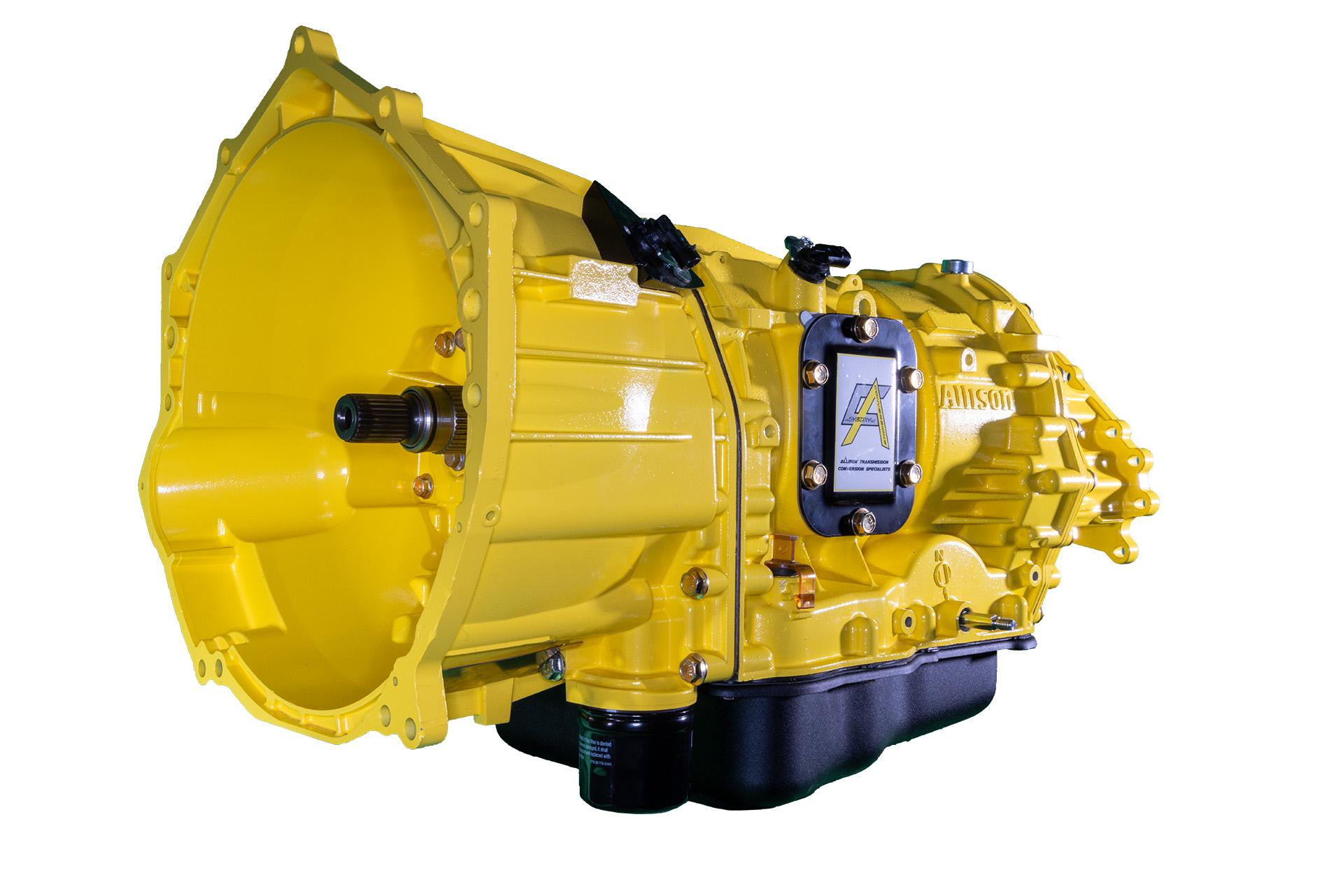
Allison 1000PK Transmission
Torque Converter to fit your needs
Wiring Harness
Flex Plate Adapter
Transfer Case Adapter, Couplers, and Tone Rings
Mounting Kit and Shift Linkage
Cooling Kit
CAC Digital Display
Allison Total Control Module (TCM)
CAC Total Control Module (TCM)
How to determine the Right Torque Converter
Maximizing Performance: Using Tire Diameter and Gear Ratio Calculations to Choose the Ideal Torque Converter

FAQ'S
What are the benefits of converting my Dodge Ram's current transmission to an Allison?
Converting your Dodge Ram's transmission to an Allison can result in numerous benefits including improved durability, enhanced towing capability, increased fuel efficiency, and smoother gear shifts, thus optimizing your vehicle's performance.
Is an Allison conversion compatible with all Dodge Ram models?
Most Dodge Ram models can benefit from an Allison transmission conversion, but it's advisable to consult with a specialist to ensure compatibility with your specific model.
Can I use my existing Dodge Ram transfer case with an Allison conversion?
Yes, with the right adapters, your existing Dodge Ram transfer case can be utilized in an Allison conversion.
Which Allison transmissions are best suited for Dodge Ram vehicles?
The Allison 1000 series is a popular choice for Dodge Ram vehicles due to its reliability and performance, but the best option depends on your particular needs and vehicle model.
What is the process for converting my Dodge Ram's transmission to an Allison?
The conversion process involves removing your Dodge Ram's current transmission, fitting the Allison transmission with the necessary adapters, and installing it. The wiring harness, TCM, and other components are also adjusted accordingly.
Will my Dodge Ram's performance and fuel economy improve with an Allison transmission conversion?
Yes, an Allison transmission is designed to provide smoother shifts, increased durability, and better fuel efficiency, all of which contribute to improved vehicle performance.
What specific components come with the Allison conversion kit for Dodge Ram vehicles?
An Allison conversion kit typically includes components such as the transmission (if chosen), TCM, torque converter, wiring harness, adapters, and other necessary parts for the conversion.
Can I provide my own Allison transmission for the conversion, or can it be included in the kit?
You have the option to either provide your own Allison transmission or include it with your conversion kit purchase.
Can I perform the Allison transmission conversion myself, or do I need a professional?
While it's possible for experienced individuals to do the conversion, it's generally recommended to hire a professional to ensure the job is done correctly and safely.
How long does a typical Allison conversion take for a Dodge Ram?
The conversion time can vary based on the vehicle and the specific conversion kit. On average, it might take a few days to complete.
Will converting my Dodge Ram's transmission to an Allison affect my warranty?
An Allison conversion could affect your vehicle's warranty depending on the specific terms of your warranty agreement. We recommend checking with your warranty provider before proceeding with the conversion.
What should I do if I encounter issues after converting my Dodge Ram's transmission to an Allison?
If you face any problems after the conversion, it's best to contact your conversion specialist for troubleshooting assistance or potential service needs.
Can I use an Allison transmission from a different vehicle (like a Chevrolet/GM) for my Dodge Ram conversion?
Yes, an Allison transmission from another vehicle can be used, provided it's compatible with your Dodge Ram model. Ensure to consult with your conversion specialist before proceeding.
Do you offer rebuilding services for Allison transmissions?
Yes, we do offer rebuilding services for Allison transmissions, ensuring your transmission is operating at peak performance.
What is the cost range for an Allison transmission conversion for Dodge Ram vehicles?
The cost can vary significantly depending on the specific Allison model, whether you're providing the transmission or purchasing it as part of the kit, and any additional services required. Please contact us directly for a more precise estimate.


Financing Available
Financing is available, so that you can get on the road faster






